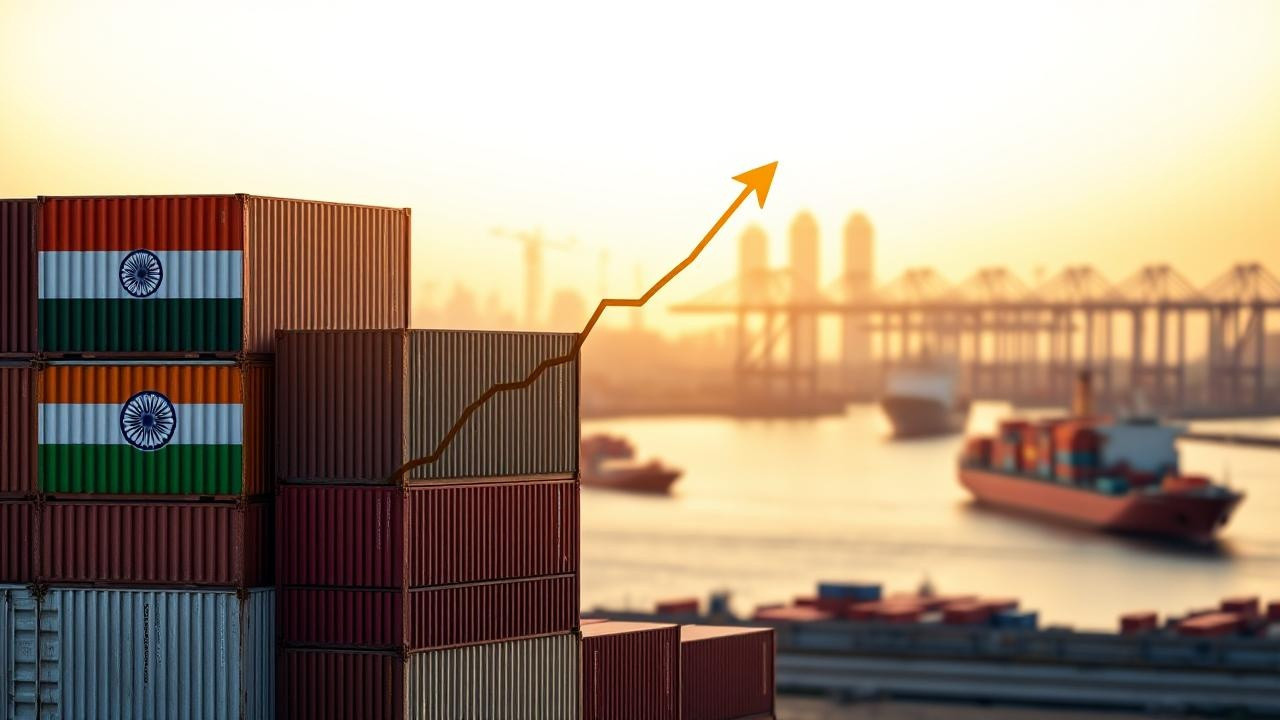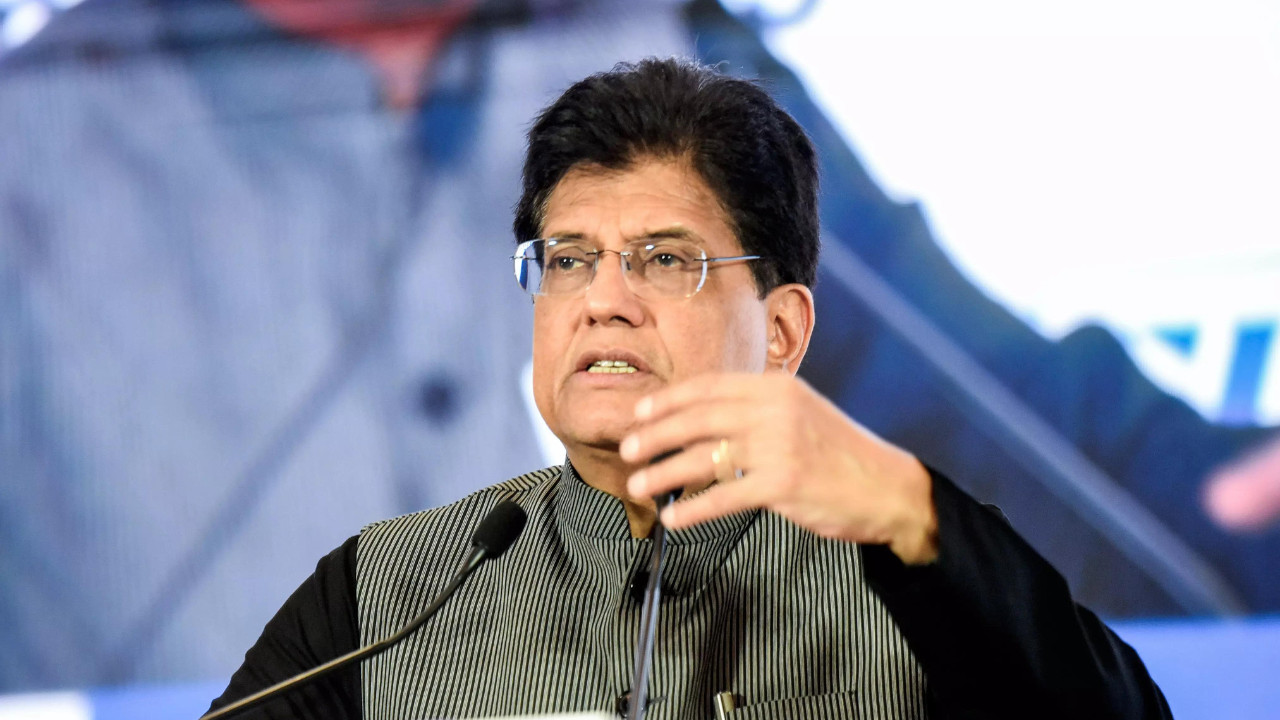India’s merchandise trade deficit narrowed to $18.78 billion in June, surpassing market forecasts and improving from May’s figures, driven by decreased exports and imports. Merchandise exports reached $35.14 billion, while imports totaled $53.92 billion. The services sector contributed a strong surplus of $15.62 billion, with exports at $32.84 billion and imports at $17.58 billion.
India’s Trade Story: A Summer of Shifting Sands
India’s economic narrative this June was one of careful recalibration, a tightening of the belt after a period of more expansive spending. The numbers, freshly crunched and analyzed, paint a picture of a nation adjusting to global headwinds, with some sectors showing surprising resilience and others facing familiar challenges.
The most prominent headline? India’s merchandise trade deficit narrowed considerably, landing at $18.78 billion for June. That’s a significant dip from the previous month and a welcome sign for those keeping a close watch on the nation’s economic health. A trade deficit, simply put, is when a country imports more goods than it exports. Reducing this gap is crucial for maintaining a stable economy and strengthening the value of the rupee. But what fueled this change?
A key factor was a simultaneous rise in exports and a decrease in imports. Exports, driven by sectors like engineering goods, chemicals, and pharmaceuticals, showed a notable surge. This suggests Indian manufacturers are finding success in navigating a complex global marketplace, carving out niches and capitalizing on new opportunities. It’s a testament to the adaptability and innovation within these industries.
However, the story isn’t solely about goods. The services sector continued its impressive run, providing a strong counterweight to the merchandise trade balance. India has long been a powerhouse in services, particularly in IT and business process outsourcing, and this strength was on full display in June. The surplus generated by the services sector helped offset the merchandise deficit, providing a crucial buffer.
Diving Deeper into the Numbers: What They Tell Us About Trade Trends
To truly understand the significance of these figures, we need to delve deeper. What specific goods and services are driving these trends? Which countries are our primary trading partners? Understanding these details allows for more informed policy decisions and strategic investments.
For example, the rise in exports of engineering goods might indicate the success of government initiatives aimed at boosting manufacturing. Similarly, a strong performance in pharmaceuticals could reflect India’s growing role as a global supplier of affordable medicines.

On the import side, the decrease might be attributed to factors like lower global commodity prices or a slowdown in domestic demand for certain goods. Analyzing these trends can help predict future needs and proactively adjust economic strategies.
Navigating Global Uncertainty: Challenges and Opportunities
While the narrowing of the trade deficit is encouraging, it’s crucial to acknowledge the ongoing challenges. The global economic landscape remains uncertain, with geopolitical tensions, inflationary pressures, and supply chain disruptions continuing to pose risks. These factors can significantly impact India’s trade performance, making it essential to maintain vigilance and adaptability.
One of the biggest challenges is managing the volatility of commodity prices. India is a major importer of crude oil, and fluctuations in oil prices can have a significant impact on the trade balance. Similarly, changes in the prices of other essential commodities can affect import costs and domestic inflation.
However, amidst these challenges, there are also significant opportunities. India’s growing economy, its large and young population, and its increasing integration into the global economy create a fertile ground for trade and investment. By focusing on innovation, improving infrastructure, and streamlining regulations, India can further enhance its competitiveness and attract more foreign investment.
Moreover, the government’s focus on promoting domestic manufacturing through initiatives like “Make in India” can help reduce reliance on imports and boost exports. Investing in research and development, fostering innovation, and providing support to small and medium-sized enterprises (SMEs) are crucial for achieving this goal. In addition, India is actively pursuing free trade agreements (FTAs) with various countries, which can further enhance its access to global markets and boost trade flows. You can read more about India’s efforts to expand its economic influence, including through trade agreements, [on our dedicated page](/trade-agreements-india).
A Cautiously Optimistic Outlook
The latest trade data offers a reason for cautious optimism. While challenges remain, the narrowing of the merchandise trade deficit and the strong performance of the services sector suggest that India is on the right track. By continuing to focus on strengthening its manufacturing base, promoting exports, and attracting foreign investment, India can navigate the global economic uncertainties and achieve sustainable and inclusive growth. India’s economic story is far from written, but this chapter suggests a promising direction.







